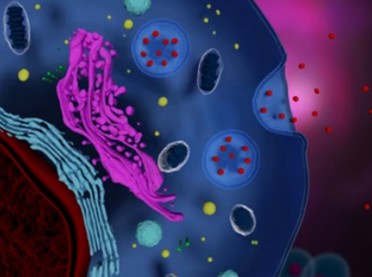Collection of Exosome Samples and Precautions

Exosomes, small extracellular vesicles released by cells, have gained significant attention in the field of biomedical research due to their potential as carriers of therapeutic cargo. To harness their therapeutic potential, it is crucial to collect exosome samples from various biological fluids and ensure the quality and integrity of the isolated exosomes.
Cell Supernatant
The selection of cell culture supernatant as the experimental material for the isolation of exosomes will not have the problem of sample size limitation like blood samples, etc., and it is easy to operate and centrifuge directly. However, in the process of cell culture needs to pay attention to the problem of contamination, culture time, and cell mortality. As with all cellular experiments, no contamination is allowed during the culture process.
Saliva
Saliva has emerged as a promising source of exosomes due to its non-invasive and easy collection procedure. To collect exosomes from saliva, several methods can be employed. One approach involves collecting saliva using specialized collection devices or tubes to prevent contamination. Another method involves the use of specialized filter-based devices that enable size-based separation of exosomes from other components in saliva.
Blood
Blood contains a rich source of exosomes that can be utilized for diagnostic and therapeutic purposes. The most common method is differential ultracentrifugation. The process involves carefully collecting blood using appropriate anticoagulants, such as EDTA or citrate, to prevent coagulation
Urine
In the sampling of urine, apart from the effects of gender, age, eating, etc., there is a special point which is the freshness of the urine. This freshness refers to how long the urine has been in the bladder.
Cerebrospinal Fluid
Cerebrospinal fluid (CSF) is a specialized fluid that surrounds the brain and spinal cord, and it has the potential to provide valuable insights into neurological diseases. The difficulties faced in cerebrospinal fluid studies are mainly in the acquisition of samples and the low abundance of exosomes in the samples. The solution to this problem is the purchase of commercially normal samples.
Precautions in Sample Collection
During the collection of exosome samples, several precautions need to be taken to ensure reliable and high-quality samples. These considerations include but are not limited to, the following.
- Using appropriate collection containers and tubes that are sterile and free from contaminants.
- Employing aseptic techniques during sample collection to prevent contamination with microbes or other external particles.
- Properly handling and storing collected samples to maintain the integrity of exosomes. This includes avoiding repeated freeze-thaw cycles, minimizing exposure to light, and storing samples at appropriate temperatures.
- Using suitable anticoagulants or preservatives, such as EDTA or citrate, depending on the sample type, to prevent coagulation or degradation of exosomes.
- Following specific protocols and guidelines provided by regulatory authorities or scientific organizations for sample collection to ensure consistency and reproducibility.
Creative Bioarray Relevant Recommendations
- Creative Bioarray provides the best quality lyophilized exosome standards and fluorescent exosome standards obtained from several biological samples, including hundreds of different cell lines, plasma, serum, saliva, and urine as well as other bio-fluids.
- We have developed quality exosome isolation tools with optimized conditions to help our customers obtain pure exosomes with a higher yield, including exosome isolation immune beads, exosome isolation immune plates, exosome isolation kits, exosome isolation reagents, and exosome size exclusion columns.